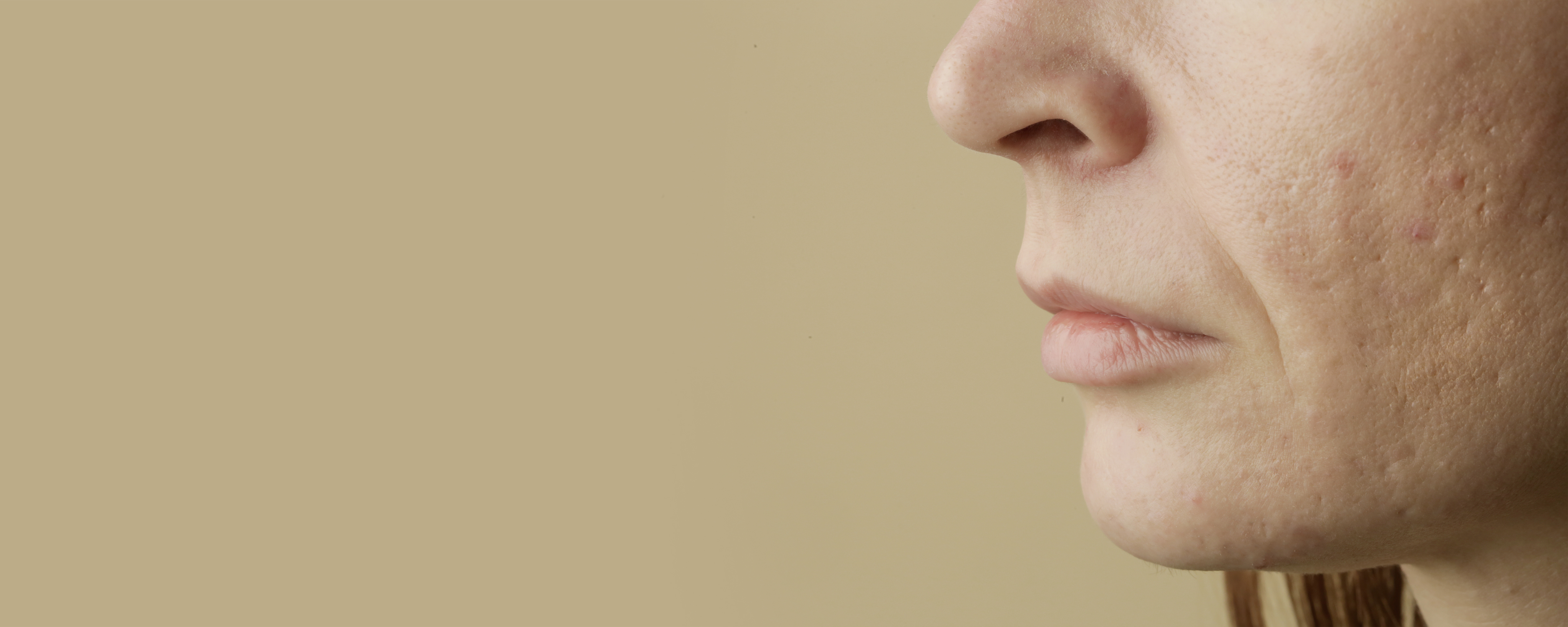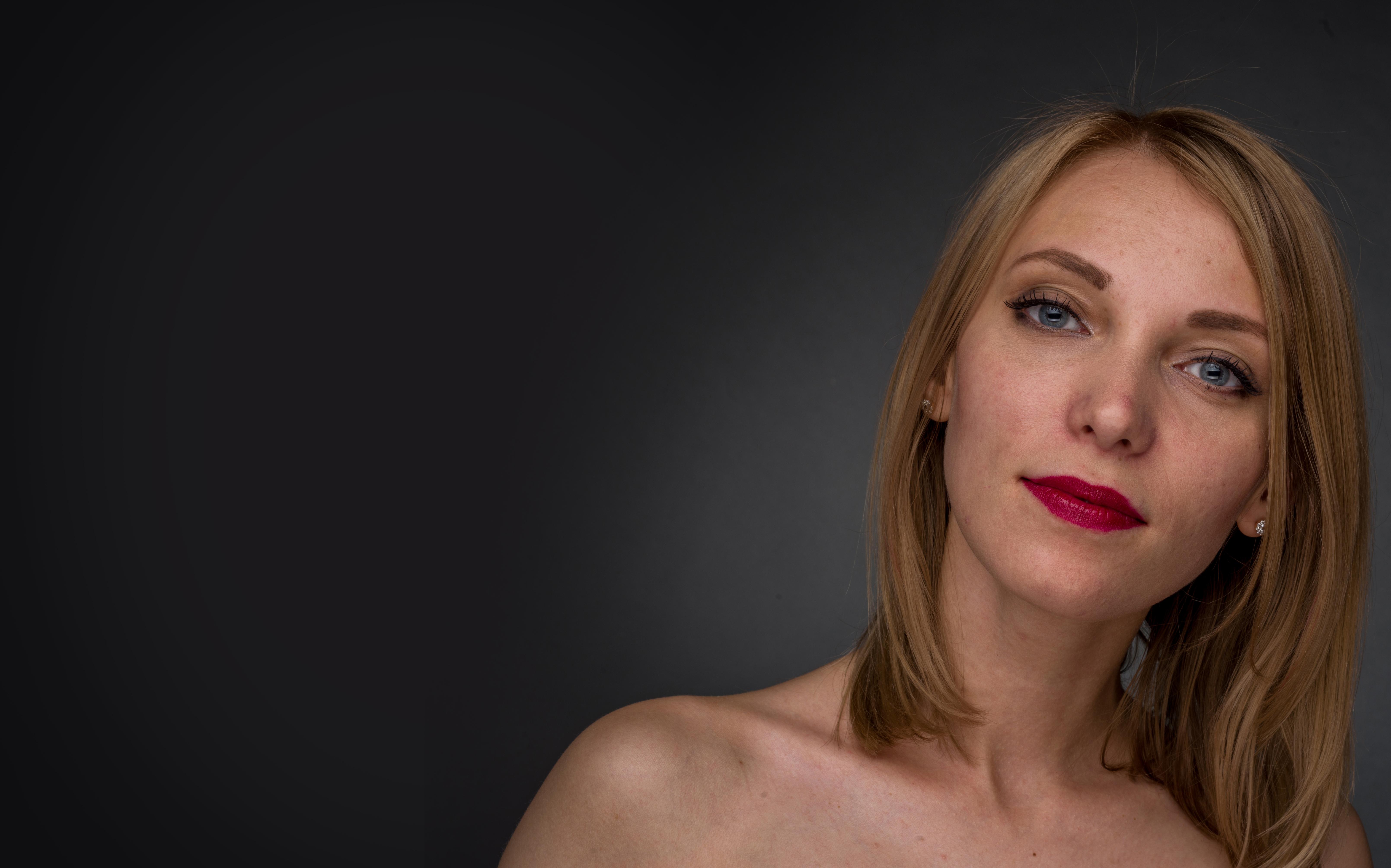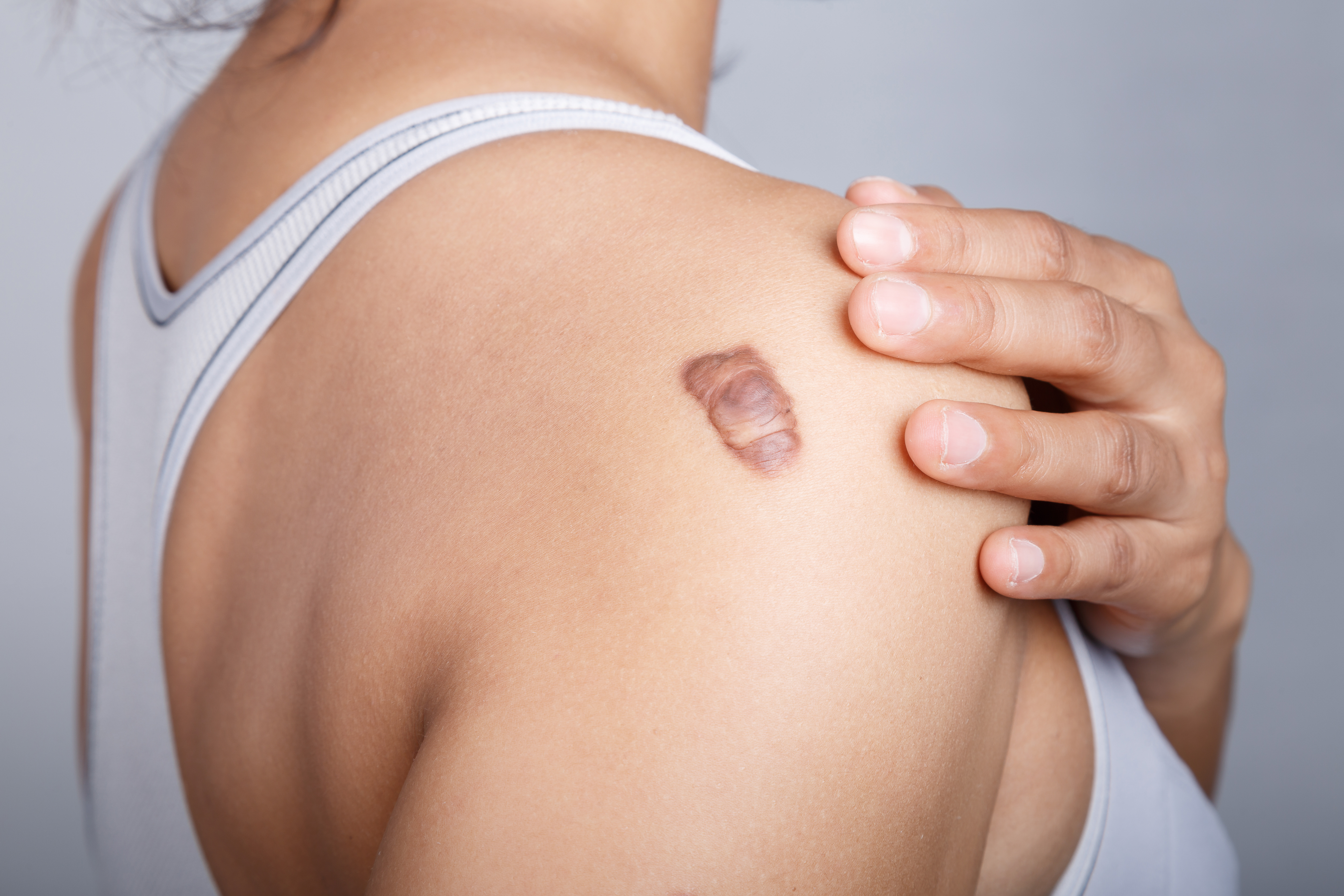
Scars

Every scar tells a story.... but some stories aren't so memorable...
First and foremost, you are not alone! Scarring is a very common reason to visit your dermatologist.
Scars are usually due to acne, injuries and surgery.
When skin is injured, your body acts to repair that damage. If the damage involves the top layer of skin, new skin will usually replace the damaged area with no trace of injury left behind. However when injuries penetrate into the deeper layers, your body has to create a thicker layer of new tissue to repair the damage, which becomes a scar.
Scars can become more visible, deeper and bothersome over time. With aging, our skin loses its collagen, making scars and wrinkles in our skin deeper and more obvious. Scars can also change color over time to become either lighter or darker then our skin, making them stand out even more.
Scars are usually due to acne, injuries and surgery.
When skin is injured, your body acts to repair that damage. If the damage involves the top layer of skin, new skin will usually replace the damaged area with no trace of injury left behind. However when injuries penetrate into the deeper layers, your body has to create a thicker layer of new tissue to repair the damage, which becomes a scar.
Scars can become more visible, deeper and bothersome over time. With aging, our skin loses its collagen, making scars and wrinkles in our skin deeper and more obvious. Scars can also change color over time to become either lighter or darker then our skin, making them stand out even more.
What can I do about my scars?
Scars are treatable with a broad array of options, but the specific treatment usually depends on the type of scar and your skin type. Some scars can be flat against the skin, while others are raised above the skin or sunken below the skin line. We see raised scars when your body makes a lot of extra tissue and this tissue can actually be larger then the original wound— when this happens its called a keloid. Sunken scars occur when the skin has a lot of inflammation that destroys the collagen that maintains skin tone. Sunken scars are commonly seen after acne and chickenpox heals.
 Depressed Scars
Depressed Scars Raised scar
Raised scarWe have a wide array of treatment options at our disposal, here are just a few of our favorites:
Intralesional Kenalog: Good for raised scars. These steroid injections can be used in different strengths depending on the severity of the scar. Injections are done with an ultrafine syringe to minimize discomfort. Treatment usually consists of multiple treatments done 3-4 weeks apart.
TCA Cross: Good for depressed acne (ice pick) scars. In this technique we use a strong acid applied to the scars with a small tip. The acid causes remodeling of the scars and allows them to fill in over time. This procedure can be done over the course of several treatments.
Punch Removal: Good for very deep scars. Scars that are too deep for medical treatment or scars which are resistant to treatment can be removed with a "punch" removal. This is done by using a small cookie-cutter type of tool to pull the scars out. The area is then closed with a small suture, closing the scar crevice and flattening the skin.
Micro-needling: Good for all types of scars. This procedure releases the scar from the surrounding tissue and promotes new collagen formation around the scar. This allows the scar to appear less etched in and less pronounced.
Subcision: Good for all types of scars. This procedure is a minimally invasive surgical procedure where scar tissue is released from the underlying tissue using a specific needle. This procedure is best done in conjunction with micro-needling.

